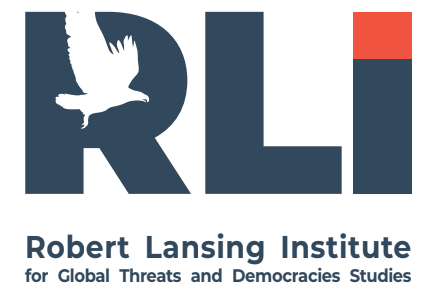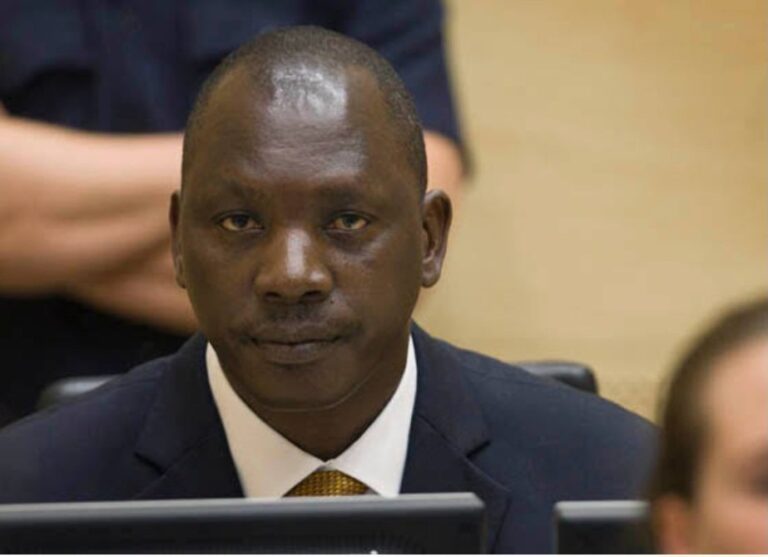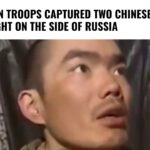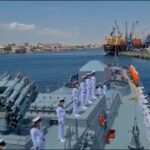Thomas Lubanga Dyilo, a convicted war criminal and former leader of the Union of Congolese Patriots (UPC), remains a controversial figure in the Democratic Republic of Congo (DRC) and the broader Great Lakes region.Despite his 2012 conviction by the International Criminal Court (ICC) for conscripting and enlisting child soldiers, Lubanga has reportedly re-entered the political and paramilitary landscape through the creation of a new movement: the Convention for the Popular Revolution (CPR).
Lubanga rose to prominence during the early 2000s as leader of the UPC, a Hema-dominated militia active during the Ituri conflict. The UPC was involved in ethnic violence, war crimes, and systemic abuses, particularly against the Lendu community. His trial at the ICC marked a landmark moment for international justice but did not fully eliminate his influence in the DRC.
Lubanga’s political and ideological roots are nationalist and ethnocentric, framed by the complex dynamics of ethnic conflict, resource control, and the failure of state authority in eastern Congo. His re-emergence via the CPR suggests an attempt to rehabilitate his image while capitalizing on ongoing insecurity.
The CPR presents itself as a political-military movement advocating for “popular liberation” and “defense of the Congolese people.” Its declared objectives appear to be:
- Restoration of Congolese sovereignty, particularly in eastern DRC, where foreign-backed militias and neighboring states (notably Rwanda and Uganda) exert influence.
- Protection of ethnic Hema populations, suggesting a continuation of Lubanga’s ethnopolitical agenda.
- Opposition to the perceived betrayal of national interests by the central government, especially concerning foreign mining contracts and military cooperation.
- Rejection of international institutions, such as the ICC, which CPR propaganda brands as instruments of neocolonial control.
While framed in revolutionary terms, these goals closely mirror past justifications for ethnic violence and armed rebellion.
Current Status and Activities
The CPR remains shrouded in ambiguity, but regional intelligence and local sources indicate:
- Recruitment and mobilization efforts in Ituri and North Kivu, potentially reviving old UPC networks.
- Attempts at coalition-building with disillusioned FARDC (Congolese Army) officers and other militias.
- Propaganda dissemination online and via local radio stations to build a support base under anti-Kinshasa and anti-Western narratives.
Though not yet a dominant armed force, the CPR could evolve into a dangerous spoiler actor—particularly if the DRC’s ongoing crises in the east continue to deepen.
The emergence of the CPR under Lubanga’s leadership threatens both domestic and regional stability:
- Resurgence of Ethnic Violence
CPR’s ethnic alignment revives the Hema–Lendu conflict, risking a new wave of communal violence in Ituri—an area already suffering from militia activity by CODECO and others. - Weakening of State Authority
The CPR’s rhetoric delegitimizes central governance and encourages military defection, undermining Kinshasa’s efforts to stabilize the east. - Undermining Peace Initiatives
With ongoing peace talks involving various regional actors, the CPR’s radical stance complicates dialogue and integration efforts. - Regional Destabilization
If CPR gains traction, it could prompt a security response from neighboring states, potentially reigniting cross-border tensions reminiscent of the Second Congo War.
Despite his criminal record, Lubanga may attract support from a variety of actors:
- Disenfranchised Hema elites who view CPR as a vehicle for ethnic protection and political resurgence.
- Foreign corporate interests aiming to destabilize eastern DRC to facilitate illicit mineral extraction.
- Certain factions within the Congolese military unhappy with Kinshasa’s centralization of power and international partnerships.
- Rival militias or local warlords who could form tactical alliances to expand territory and resist state control.
- Regional powers (e.g., Rwanda or Uganda) may covertly support CPR if it serves their geopolitical aims, although such ties would likely be unofficial and deniable.
International and Domestic Response

The DRC government has officially denounced all non-state militias, including the CPR, and has pledged to neutralize any emerging threat. However, the response is hampered by:
- Limited military capacity and poor coordination among FARDC units.
- Distrust in international institutions, which impedes collaboration on disarmament or reintegration efforts.
- Political fragmentation, which weakens the Congolese state’s ability to build national consensus.
International bodies like MONUSCO (UN mission in the DRC) have expressed concern but remain constrained by mandates and declining local legitimacy.
The formation of the Convention for the Popular Revolution (CPR) by Thomas Lubanga represents a dangerous fusion of populist rhetoric, ethnic grievance, and militarized ambition. While its current impact is limited, its potential to destabilize eastern DRC and erode regional security is significant. The international community, alongside Congolese authorities, must monitor this group closely, address the root causes of rebellion, and support inclusive political processes that reduce the appeal of armed struggle.
Do the CPR and M23 Have Common Goals?
Similarities:
- Anti-Kinshasa sentiment: Both the CPR and M23 oppose the current Congolese government, claiming it fails to protect local populations or represent their interests.
- Ethnic foundations: CPR is rooted in Hema militancy, while M23 is dominated by Congolese Tutsis. Though their ethnic bases differ, both groups are organized around ethnopolitical grievances.
- Resource-rich ambitions: Both operate in mineral-rich territories in eastern DRC, making control over local resources (gold, coltan, etc.) a shared strategic objective.
- Opposition to international interventions: They both frame UN peacekeepers and the ICC as Western instruments of control, though M23 has occasionally used the UN system to push political claims.
Differences:
- Ethnic rivalries: The Hema (CPR) and Tutsi (M23) have not traditionally aligned and may even view each other as rivals in certain regions, especially given overlapping territorial ambitions.
- Foreign support networks: M23 is widely believed to receive support from Rwanda, whereas the CPR’s backers are less clear and might include disaffected Hema elites, ex-UPDF (Uganda), or rogue FARDC officers.
- Tactics and professionalism: M23 is far more organized, disciplined, and better armed than the CPR (at least currently), which may be in early-stage formation.
Pathways for Communication and Cooperation
If they were to open communication, it would likely occur via:
- Intermediaries and Brokers
- Former UPC or CNDP members (who worked with both sides in the past) could serve as go-betweens.
- Local business or political elites with cross-ethnic influence could facilitate introductions.
- Criminal or smuggling networks, particularly around mining areas, may enable indirect contact.
- Shared Fronts or Tactical Alliances
- CPR and M23 might form temporary tactical alliances to jointly pressure the FARDC or capture strategic towns.
- Cooperation could occur de facto, even without formal alliance—e.g., parallel offensives or coordinated withdrawals that benefit both.
- Digital and Encrypted Communications
- Messaging apps like WhatsApp, Signal, or Telegram are commonly used by armed groups for coordination.
- Social media channels or private forums may also serve to test ideological compatibility and recruit sympathizers.
- Third-Party Regional Actors
- If a state like Uganda or Burundi saw benefit in undermining Kinshasa or challenging Rwanda’s influence via proxies, it might quietly facilitate contact between CPR and M23.
- A fragmented FARDC could also serve as a conduit, especially if rogue commanders are sympathetic to both.
Can They Unite?
Possibly—but unlikely in a full political or military merger.
Reasons why a united front is possible:
- If Kinshasa’s central government weakens further.
- If they perceive greater gains in unity than rivalry.
- If foreign backers see value in creating a broader anti-Kabila/Tshisekedi front.
Reasons against full unification:
- Ethnic and ideological divergence.
- Competing sponsors (e.g., Rwanda for M23, possible Ugandan ties for CPR).
- M23’s desire for political legitimacy clashes with Lubanga’s war criminal status.
That said, functional cooperation is very possible in a fragile or collapsing state scenario—think of Syria’s rebel factions temporarily aligning despite deep differences.
What Would Cooperation Look Like?
- Territorial Deconfliction: Dividing spheres of influence in Ituri (CPR) and North Kivu (M23).
- Shared logistics and intelligence: Trading intel about FARDC movements or coordinating rear-area support.
- Joint propaganda narratives: Both groups could push a narrative of “popular resistance” against a corrupt elite in Kinshasa, even if they never formally unite.
A Fictional Scenario of CPR–M23 Cooperation in Eastern Congo”
The Democratic Republic of Congo (DRC) is grappling with increasing instability. Kinshasa’s authority over Ituri and North Kivu is weakened due to political infighting, budgetary constraints, and a surge in defections from the Armed Forces of the DRC (FARDC).
As international attention shifts to global conflicts and economic crises, the eastern provinces are increasingly left to resolve their own power dynamics. Amid this vacuum, Lubanga’s CPR and M23 recognize overlapping objectives and enter into discreet contact via a network of former CNDP intermediaries with ties to both Rwandan and Ugandan intelligence.
Mechanisms of Cooperation
Phase 1: Backchannel Communication
- CPR contacts former UPC political affiliates in Kampala, who maintain ties with M23 exiles.
- Rwandan and Ugandan actors allow discreet meetings in Kisoro (Uganda) and Gisenyi (Rwanda).
- Discussions focus on deconfliction zones and shared supply lines through Lake Edward and Rwenzori trade routes.
Phase 2: Operational Coordination
- CPR agrees to not interfere with M23 activities in North Kivu in exchange for technical support (e.g., satellite phones, battlefield medicine).
- M23 provides limited military training to CPR cadres in remote camps near the Rwandan border.
- Both groups coordinate propaganda messaging, accusing Kinshasa of ethnic persecution and resource theft.
Phase 3: Joint Campaign (Codename: “Opération Résurgence”)
- CPR launches simultaneous attacks on FARDC checkpoints in Djugu and Mahagi (Ituri).
- M23 captures key territory near Bunagana and Goma, stretching government resources.
- Joint communiqués declare a new “popular liberation movement” spanning from Ituri to Rutshuru.
Strategic Motivations
CPR
- Seeks to legitimize itself through association with a more experienced and better-armed insurgency.
- Aims to pressure Kinshasa into political negotiations from a position of strength.
- Hopes to rebuild Lubanga’s political capital by reframing his role as a nationalist leader.
M23
- Gains extended operational depth into Ituri.
- Weakens FARDC’s capacity to focus its counteroffensive in North Kivu.
- Diversifies its alliance network beyond Rwanda, making it more resilient to diplomatic pressure.
Potential Regional Consequences
- Destabilization of Cross-Border Areas
- Uganda and Rwanda come under scrutiny for tolerating or enabling the alliance.
- Refugee flows increase, especially from Bunia and Goma.
- Fragmentation of State Authority
- Armed groups begin to collect taxes, regulate trade, and enforce law in areas under their control.
- Calls for federalism or regional autonomy gain traction, undermining national unity.
- Increased International Scrutiny
- MONUSCO and EU observers condemn CPR–M23 coordination but lack the capacity for military intervention.
- ICC considers new investigations, reigniting debates over international justice vs. political realism.
- Militia Coalitions Multiply
- Other groups like CODECO, ADF, or Nyatura attempt to join the CPR–M23 axis or form rival coalitions.
- Risk of full militia warlordism in the east.
Risk Assessment
| Factor | CPR–M23 Alliance Impact |
| FARDC Operational Stability | Severely compromised |
| Regional Political Pressure | High (esp. Uganda/Rwanda) |
| Civilian Protection | Critically low |
| Diplomatic Fallout | Severe, with ICC revival |
| Potential for Peace Talks | Further delayed |
Conclusion and Recommendations
While a CPR–M23 alliance remains hypothetical, the possibility is non-trivial. Shared anti-government agendas, regional enablers, and worsening state capacity create the conditions for short-term cooperation. Such a development would be catastrophic for civilian populations and regional stability.
Recommendations:
- The Congolese government must invest in political reconciliation with disaffected communities in Ituri and North Kivu.
- Track cross-border movements and financial flows through coordinated regional intelligence-sharing.
- Expand demobilization and reintegration programs that target CPR and M23 rank-and-file before leadership solidifies alliances.
Prepare preemptive diplomatic action to discourage Rwanda and Uganda from enabling such cooperation.
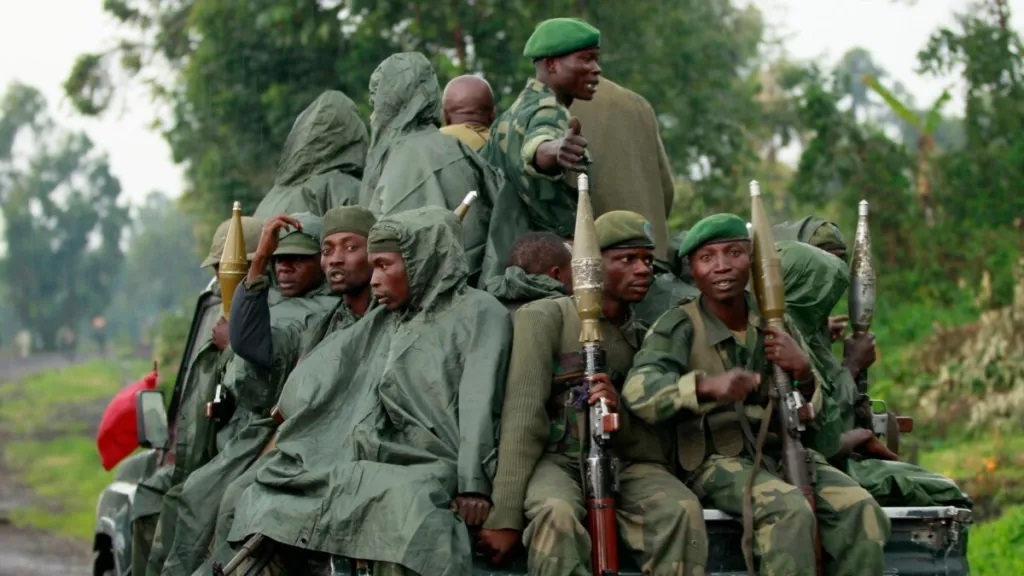
More on this story: M23 withdraw: the conflict in DRC is far from over
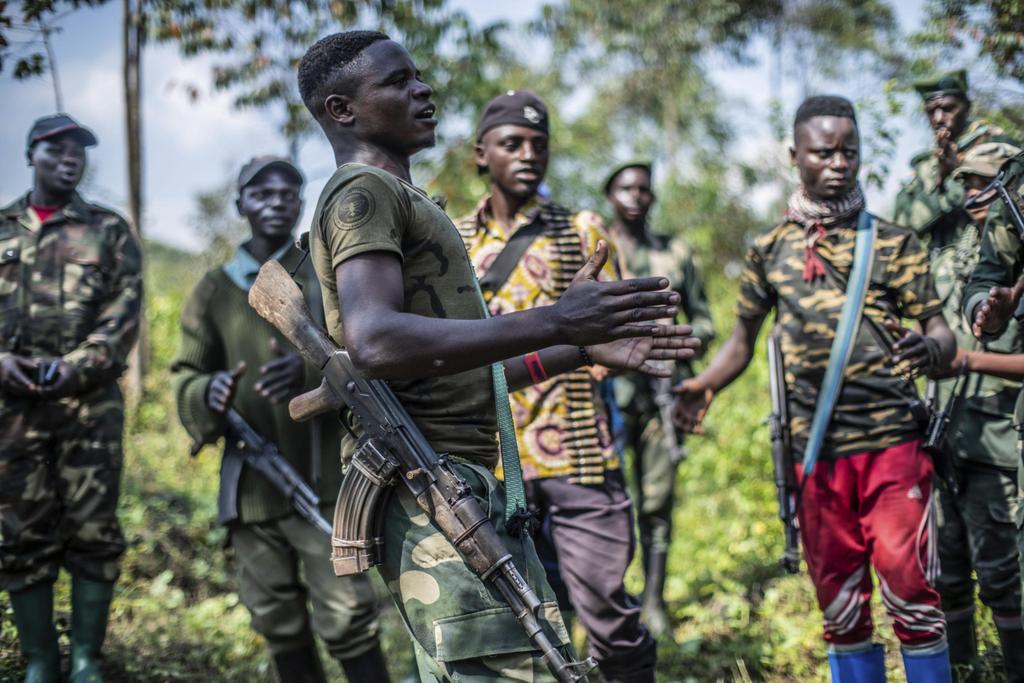

More on this story: DR Congo’s Conflict: Rwanda’s motives to support the M23 rebels
